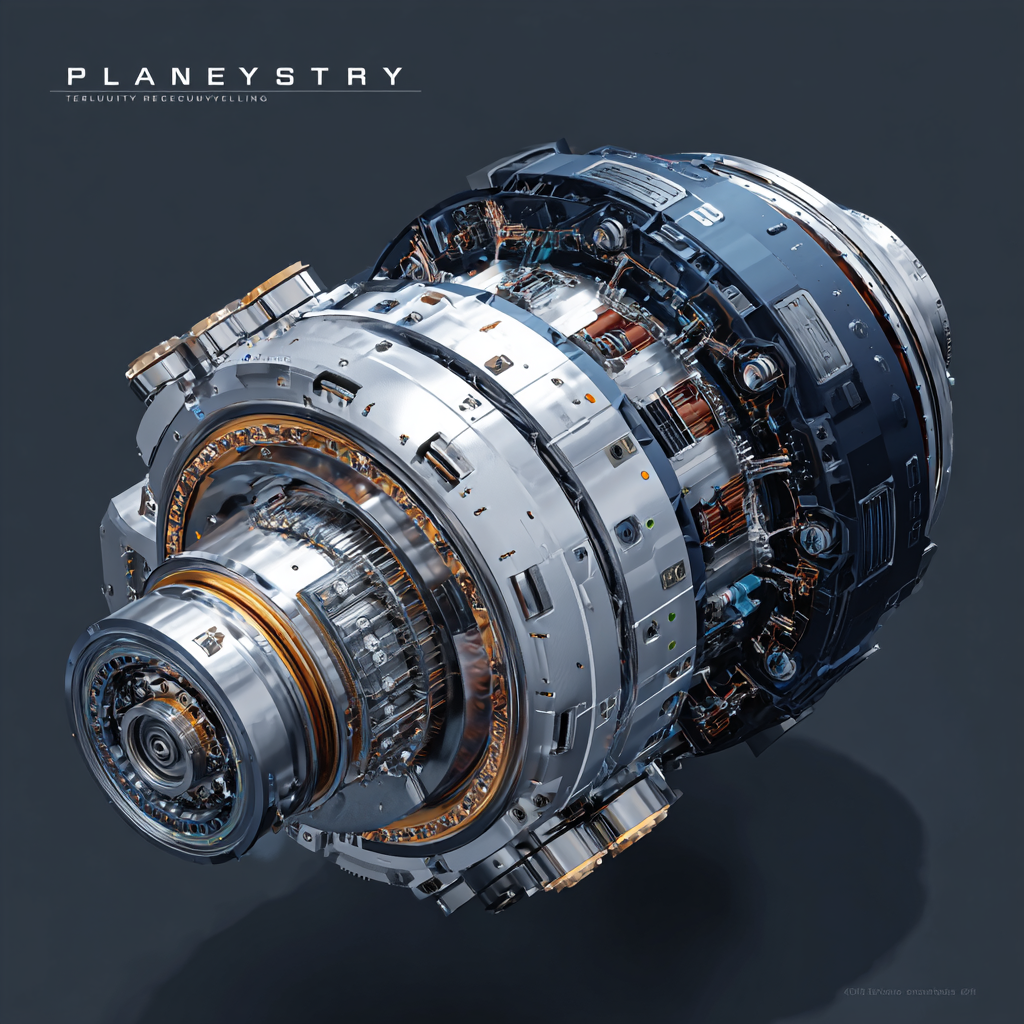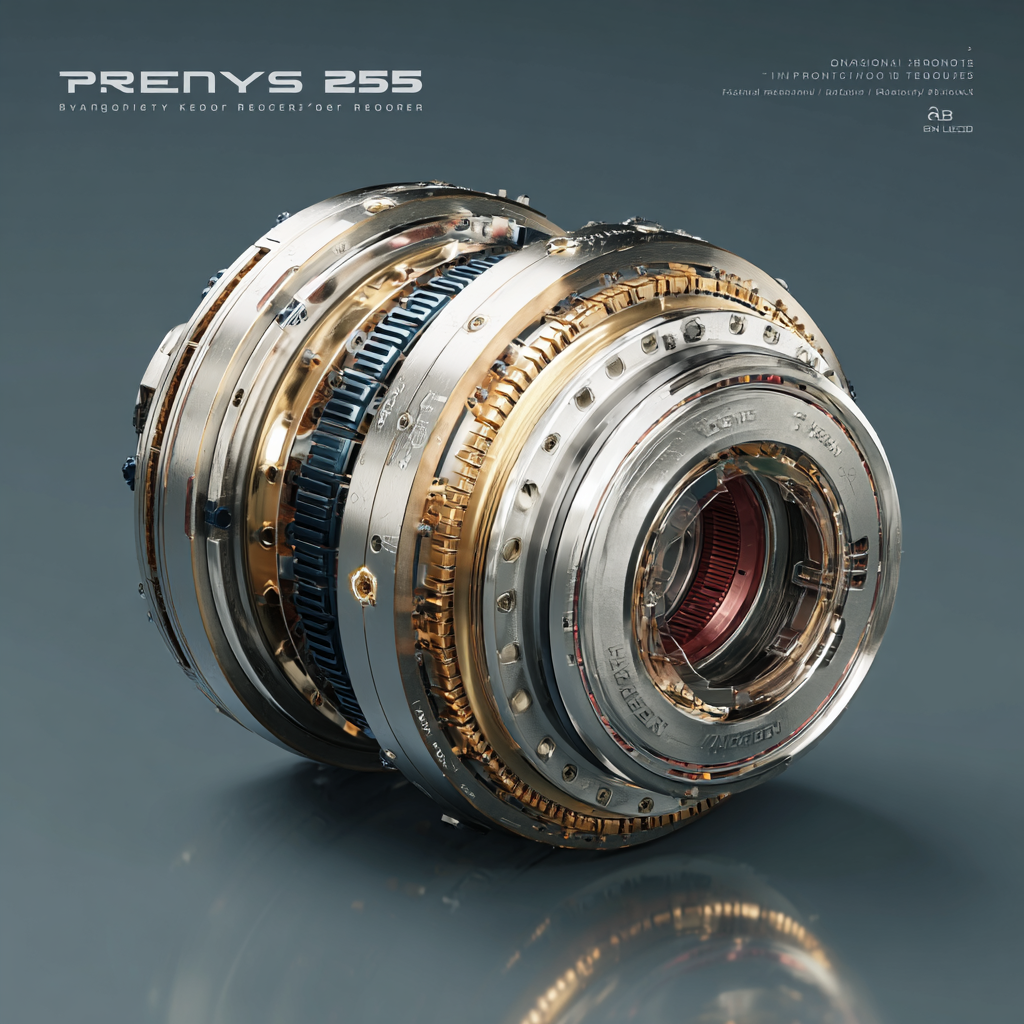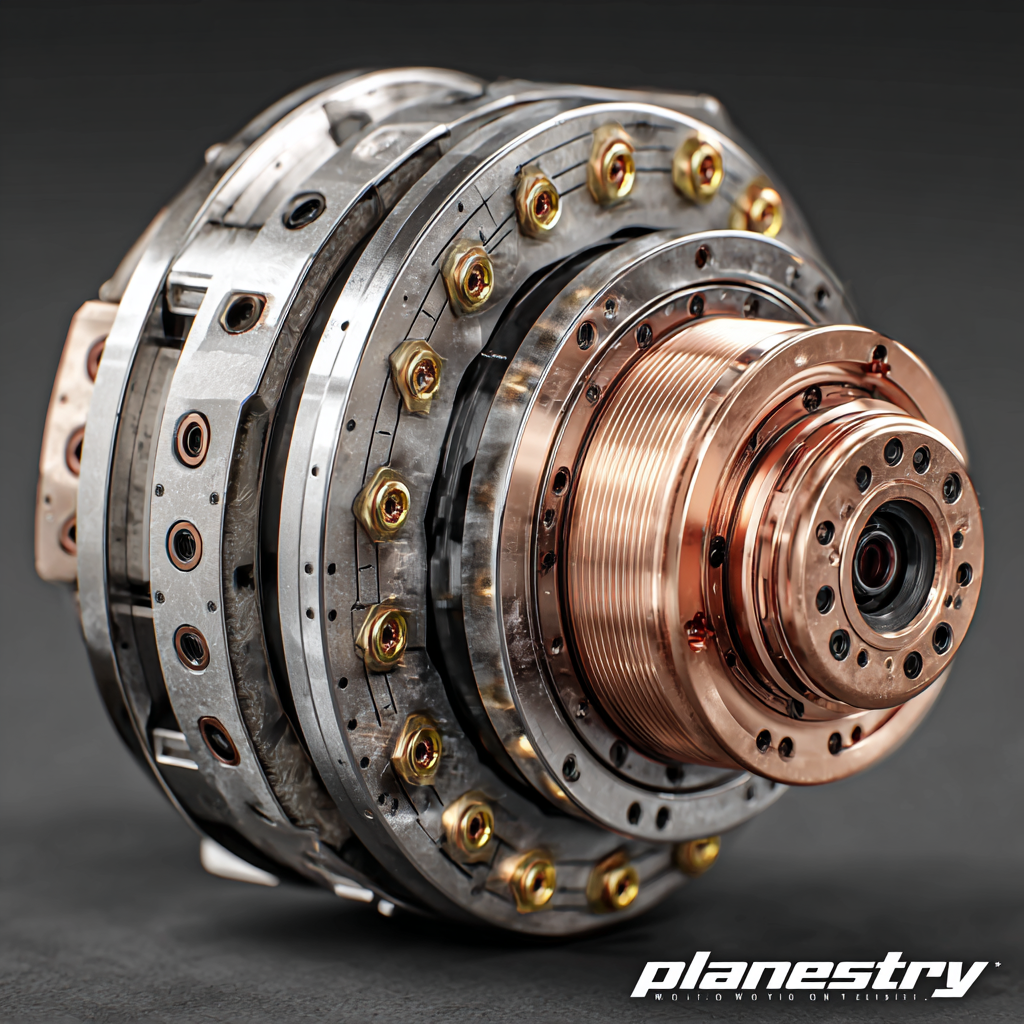
2025 Technology Trends: The Ultimate Guide to Choosing the Best Planetary Reducer
In the rapidly evolving landscape of technology, understanding the key components that drive performance and efficiency is paramount for industries around the globe. One such critical element is the Planetary Reducer, a device designed to optimize torque and speed in various applications, from robotics to renewable energy systems. As we delve into the 2025 technology trends, this ultimate guide aims to provide insights into the latest advancements in planetary reducers that prioritize precision engineering and innovative design. With a focus on “精工细造,中国制造,服务世界”, we will explore how Chinese manufacturers are leading the way in delivering high-quality planetary reduction gear solutions that cater to global markets. Whether you're an engineer looking to enhance your designs or a business seeking reliable components, understanding these trends will empower you to make informed choices in a competitive technological landscape.

Defining Planetary Reducers: Key Features and Applications in Modern Industries
Planetary reducers are essential components in various modern industries, particularly in applications requiring high torque and compact design. These gear systems are defined by their unique configuration, which allows for multiple gear stages within a single housing, enhancing efficiency and performance. The compactness of planetary reducers makes them ideal for integration into robotics and automation systems, where space is often at a premium and operational precision is critical.
Tips for choosing the best planetary reducer include assessing the load requirements and speed specifications specific to your application. Consider the operating environment, such as temperature extremes and potential exposure to contaminants, as these factors can significantly impact the performance and durability of your reducer. Additionally, evaluate the gear motor market trends; as the demand for industrial automation surges, selecting a planetary reducer that can adapt to evolving technologies will ensure long-term reliability.
As industries increasingly turn towards robotics, compact gearboxes are becoming the backbone of manufacturing processes. They provide the necessary power transmission while maintaining a lightweight profile, essential for operational efficiency in sectors like automotive and electronics. When selecting a planetary reducer, it is crucial to analyze compatibility with existing systems and future scalability to meet growing production demands.
The Role of Gear Ratios: Understanding Efficiency and Performance in Planetary Reducers
When selecting the best planetary reducer, understanding gear ratios is crucial in determining both efficiency and performance. Gear ratios define the relationship between the input and output speeds of the reducer, allowing engineers to optimize the system for specific applications. A higher gear ratio can provide more torque, making it ideal for heavy-duty operations, while a lower ratio enhances speed, catering to applications that require quick movements. By carefully analyzing these ratios, users can tailor their equipment for maximum performance and energy efficiency.

Moreover, gear ratios impact the overall mechanical efficiency of planetary reducers. A well-chosen ratio minimizes energy losses, reducing heat generation and prolonging the lifespan of the components. This balance between torque and speed is essential, as it directly affects the operational costs and output quality of machinery. Understanding the nuances of gear ratios informs the decision-making process and helps businesses invest in the right technology that aligns with their operational goals and challenges.
Latest Innovations in Material Science: Enhancing Durability and Performance of Reducers
In the rapidly evolving world of technology, the latest innovations in material science are drastically enhancing the durability and performance of planetary reducers. With the demand for more efficient and reliable machinery, manufacturers are turning to advanced materials that offer superior strength-to-weight ratios and resistance to wear and tear. For instance, the use of high-performance polymers and composite materials ensures that reducers can withstand extreme conditions while maintaining their integrity over prolonged usage.
Tip: When selecting a planetary reducer, consider models that incorporate advanced materials engineered for specific applications. These reducers not only provide better mechanical efficiency but also contribute to lower maintenance costs in the long run.
Moreover, the introduction of smart materials is paving the way for smarter machinery. These materials can adapt to changing environmental conditions, providing enhanced functionality and longer lifespans. As industries push towards automation and IoT integration, reducing the weight of components without sacrificing strength becomes crucial.
Tip: Always check the specifications of the materials used in the reducers. Look for those that utilize innovations such as nanotechnology or surface treatments for added durability and performance benefits.
2025 Technology Trends: Material Innovations in Planetary Reducers
Market Trends and Growth Projections: Analyzing the Demand for Planetary Reducers in 2025
The demand for planetary reducers is on the rise as industries increasingly integrate robotics into their operations. By 2025, the global industrial robotics market is projected to reach approximately $120.09 billion, expanding to $176 billion by 2033. This significant growth reflects a booming sector eager for efficient and reliable components that improve machine performance and longevity, particularly in precision applications.
As manufacturers prioritize automation to enhance productivity and reduce operational costs, the role of planetary reducers becomes even more critical. These components are favored for their ability to provide high torque density and compact design, making them ideal for various applications in robotics, conveyor systems, and automated machinery. Companies looking to invest in planetary reducers must analyze market trends and technological advancements to select the best solutions that offer durability and efficiency, ensuring they stay competitive in a rapidly evolving landscape.

Comparative Analysis: Planetary Reducers vs. Other Gear Reduction Technologies
When evaluating gear reduction technologies, particularly planetary reducers, it's crucial to understand the benefits they offer compared to other systems. Planetary reducers are known for their compact size, high efficiency, and superior torque transmission, making them an excellent choice for applications like robotics and automotive systems. In contrast, traditional gear reducers may occupy more space and can be less efficient. This advantage becomes especially significant in high-performance environments where weight and space are at a premium.
**Tips:** When selecting a planetary reducer, pay close attention to the output torque and speed limitations. Ensure that the reducer's specifications align with your project's demands to avoid performance issues. Additionally, consider the thermal properties and backlash specifications, as these factors can greatly affect the reliability and precision of your robotic systems.
Moreover, it's essential to compare the various types of gear reduction technologies in your specific application context. For instance, while planetary reducers excel in compactness and efficiency, other technologies such as worm gear reducers might offer unique benefits, like self-locking capabilities. Always assess the trade-offs and choose a system that strikes the right balance between performance and usability for your needs.
2025 Technology Trends: The Ultimate Guide to Choosing the Best Planetary Reducer - Comparative Analysis: Planetary Reducers vs. Other Gear Reduction Technologies
| Gear Reduction Technology | Torque Output (Nm) | Efficiency (%) | Weight (kg) | Cost (USD) | Common Applications |
|---|---|---|---|---|---|
| Planetary Reducer | 300 | 90 | 5 | 800 | Robotics, Automation |
| Spur Gear | 250 | 85 | 7 | 600 | Machinery, Conveyors |
| Worm Gear | 200 | 70 | 8 | 500 | Elevators, Lifts |
| Bevel Gear | 180 | 75 | 6 | 650 | Automobiles, Industrial Gearboxes |
